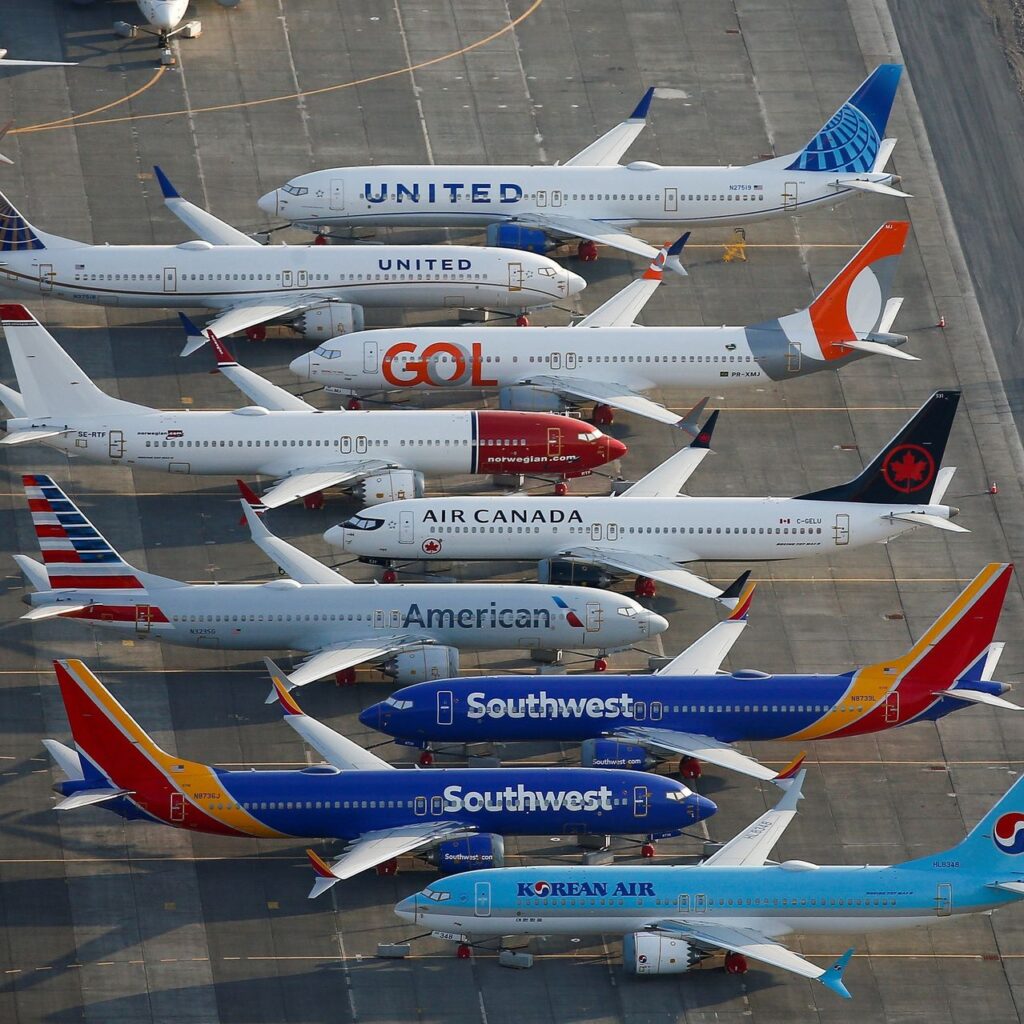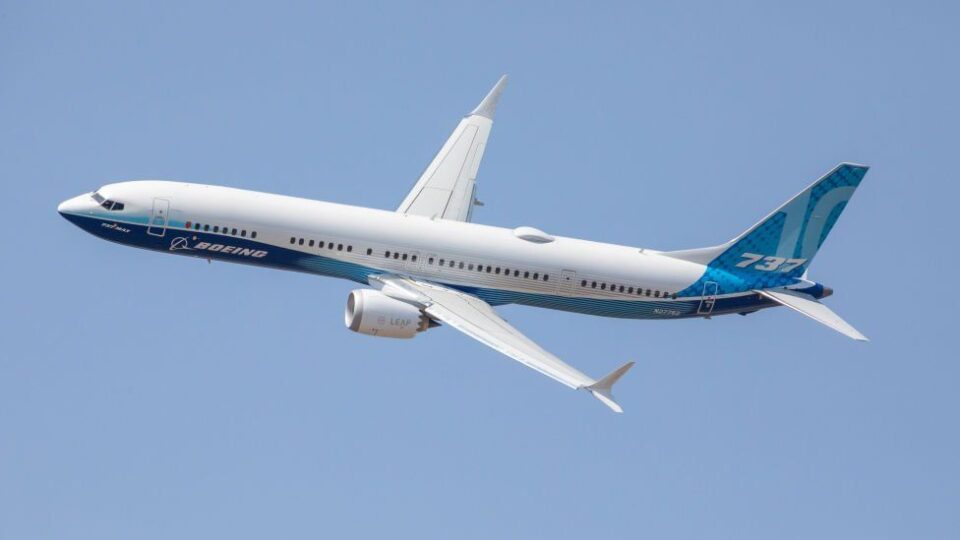In its most recent Commercial Market Outlook (CMO) analysis, released in advance of the 2023 Paris Air Show, Boeing predicted that over the next two decades, there will be a need for roughly 42,600 new jets, an increase from its 2022 estimate of 41,170 units. Over three-fourths of the anticipated demand is made up of narrowbody carriers, which are still in high demand.
The figures provided by the American aerospace giant are supported by a robust post-pandemic aviation recovery on a worldwide scale and a continuous rise in passenger traffic. Airlines will need more widebodies as demand for travel increases to serve busy short- and long-haul routes, which will account for one in every five new airframe deliveries. Senior Vice President of Commercial Sales and Marketing at Boeing, Brad McMullen, said:

“After an unprecedented level of disruption, the aviation industry has shown resiliency and flexibility, with airlines overcoming obstacles, streamlining their fleets, boosting productivity, and taking advantage of rising demand. Looking ahead to 2023, our CMO for air travel reflects the continued evolution of passenger traffic linked to the global middle class’s rise, investments in sustainability, continued expansion of low-cost carriers, and need for air cargo to support shifting supply chains and expedited cargo delivery.Let’s examine Boeing’s Commercial Market Outlook 2023 in more detail.
New aircraft worth $8 trillion
According to Boeing, the global aviation sector would require 42,565 new aircraft worth an astounding $8 trillion by 2042. A total of $3.8 trillion was spent on commercial services related to the purchase of new aircraft, including training, digital solutions, and spare parts.
A almost 1,400 increase in aircraft deliveries over 2018 is predicted by the CMO for 2023. It’s important to note that the 2022 CMO left out the demand for aircraft from countries in Central Asia and Russia because of regional unpredictability.
32,420 single-aisle airframes are anticipated to be delivered out of the total number of 42,565 new deliveries, while 7,440 widebodies will be delivered. 1,810 airframes belong to regional jets, while only 925 freighters will be delivered, making them the least popular type.
On course for aviation expansion
Additionally, according to the aircraft manufacturer, pre-pandemic levels have almost entirely been restored, with passenger flights hitting 97% in April 2023 compared to the same month in 2019. Similar to this, passenger volume last month was 90% of capacity.
Although airfares may be increasing globally, they are still rising far more slowly than other services like housing, food, sports, and entertainment. Despite rising airfares, demand for air travel is being supported by an increase in middle-class households around the world.
The limited-body boom
The single-aisle network is currently expanding across all regions, with numbers just above those of 2019. The widebody market is still some distance off, though. The emergence of low-cost airlines is solely to blame for this achievement. By 2042, there will be more LCCs operating single-aisle aircraft than there were in 2002, when there were just 10%.
Another significant aspect influencing narrowbody sales is fleet renewal. Single-aisle aircraft are the ideal targets for airlines that like to brag about flying a young fleet. Boeing estimates that only 6,000 of the 24,500 aircraft in the global active fleet will still be in service in 2042.





